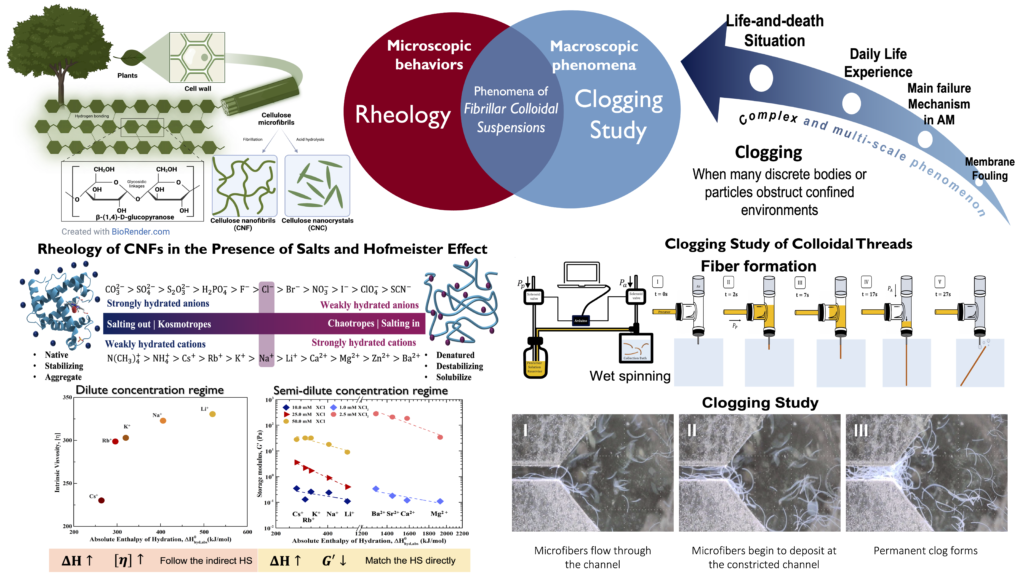
Doctoral Candidate
Email: rwattana@seas.upenn.edu
LinkedIn: linkedin.com/in/ravisara-wattana
220 S 33rd St
Towne 345
Philadelphia, PA, 19104
Bio
September 2020 – Present: University of Pennsylvania, Philadephia, PA
Ph.D. candidate in Materials Science and Engineering
September 2020 – December 2022: University of Pennsylvania, Philadephia, PA
Master of Science in Engineering, M.S.E. in Materials Science and Engineering
August 2016 – May 2020: The Pennsylvania State University, University Park, PA
Bachelor of Science, B.S. (Schreyers Honors College, SHC) in Materials Science and Engineering with Polymer Science Minor
Research Overview

Current Research
I currently conduct research on the rheology of cellulose nanofibril (CNF) suspensions in the presence of poly(acrylic acid) (PAA) and poly(ethylene oxide) (PEO) as the associating and non-associating polymers, respectively. This project aims to gain a better understanding of the filament nanoparticle-polymer interactions which are crucial in designing specific properties and applications of the studied system.
Another project I am working on is the clogging study of high aspect ratio particle suspensions. The first part is to fabricate fibers which were mostly conducted in the past summer of 2021. I worked with Kaitlyn under the Center for Engineering Mechanobiology (CEMB) Undergraduate Research Program on the synthesis, characterization, and flow behavior of biomaterial-based microfibers. This fiber fabrication process involves wet spinning via a syringe pump. The second part of this project is fiber cutting design to obtain desired aspect ratios and their characterizations. The last part is to study the probability of clogging of these fiber suspensions at different aspect ratios, stiffness, etc. Clogging devices will be produced using 3D printing.
Previous Research
At the earliest stage of my research career, I joined the Research University Network Talent Internship program to investigate the effect of micro/nano cellulose addition to polybutylene succinate(PBS) thin film at Chulalongkorn University in Bangkok, Thailand. This program was supervised by Prof. Duangdao Aht-ong who is specialized in biobased/biodegradable plastics. I learned various aspects as a young experimentalist including cellulose isolation from raw sugarcane plants, thin-film processing, and characterizations.
For undergrad research at Penn State, I worked with Professor Ralph Colby on biopolymers funded by NSF for three years before joining the Osuji lab. I specifically focused on the rheology of natural polysaccharides including native cellulose, chitosan, and xanthan in ionic liquids which was written into my Honors Thesis. Cellulose and chitosan are the first and the second most abundant biopolymers on Earth; meanwhile, xanthan can be naturally produced through fermentation by bacteria. These biomaterials can be used to generate commodities we use, but they are difficult to dissolve due to their high viscosity during processing. Therefore, a better solvent or processing method is necessary for their commercial applications. Ionic liquids are found to be the future green solvents for these materials. I was also working on the urea effect on their behaviors in ionic liquids through their rheological responses using Discovery Hybrid Rheometer (DHR-3) and Viscometer as my main tools.
